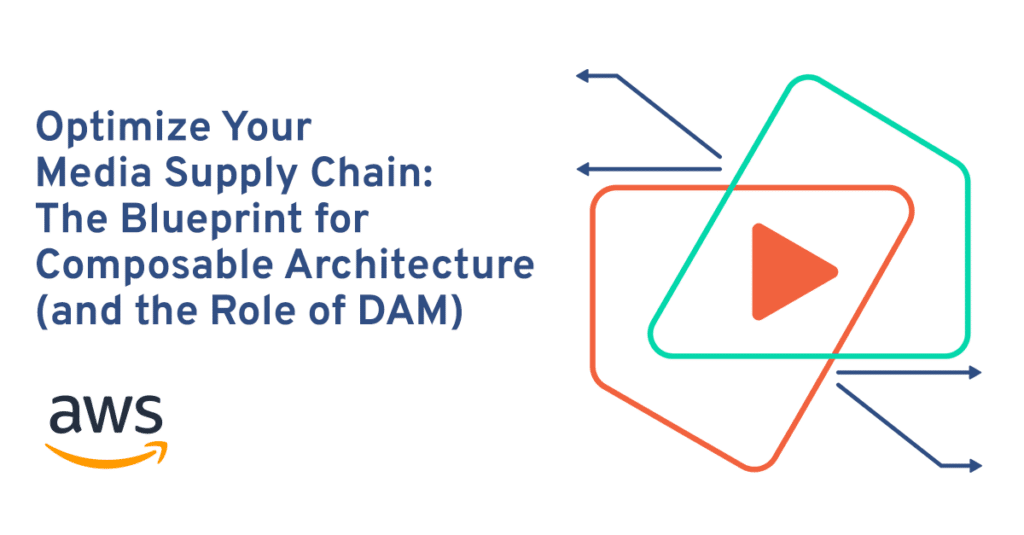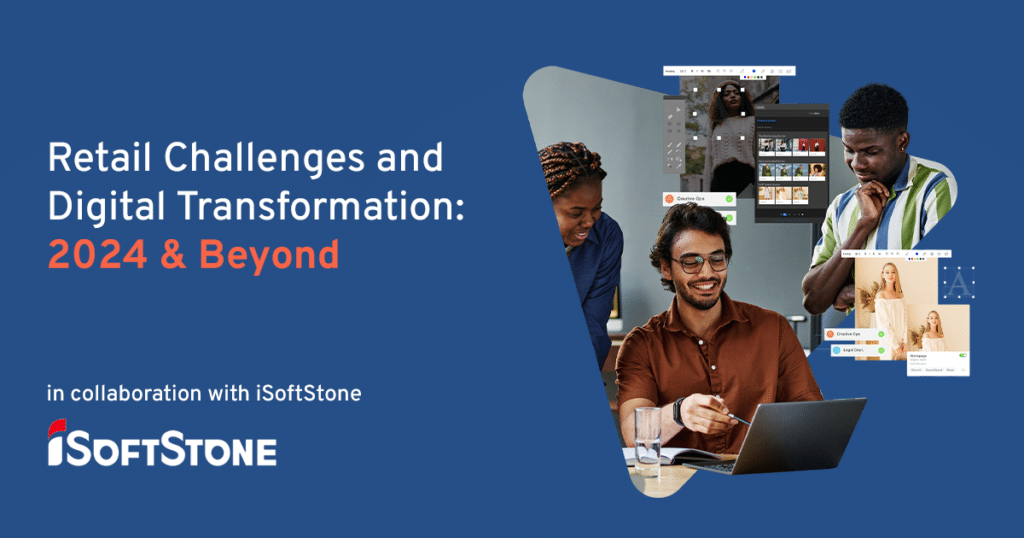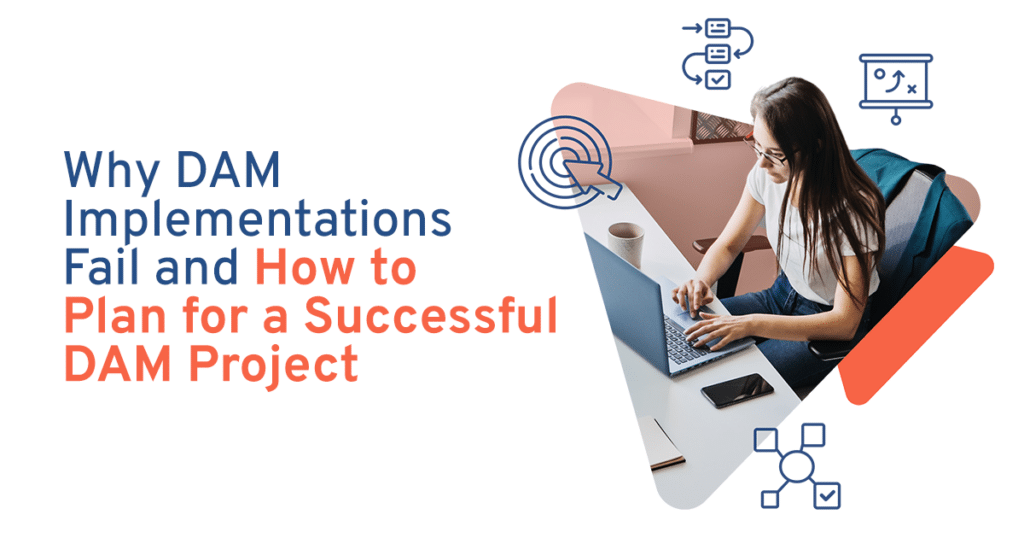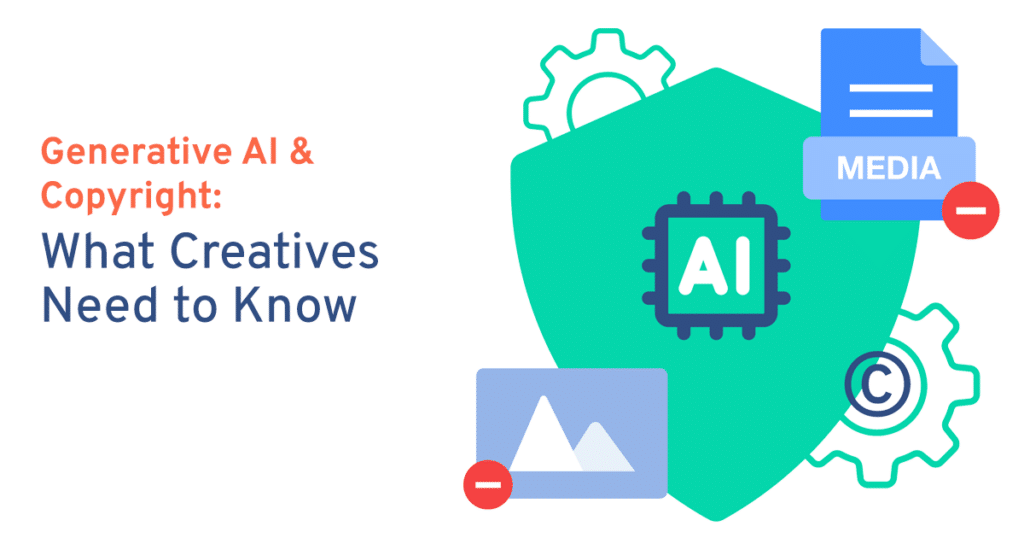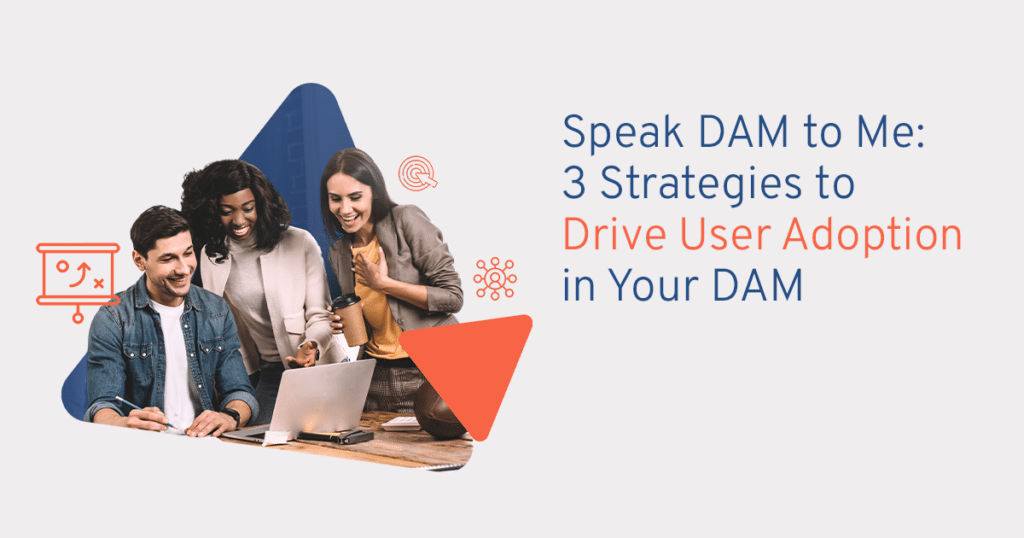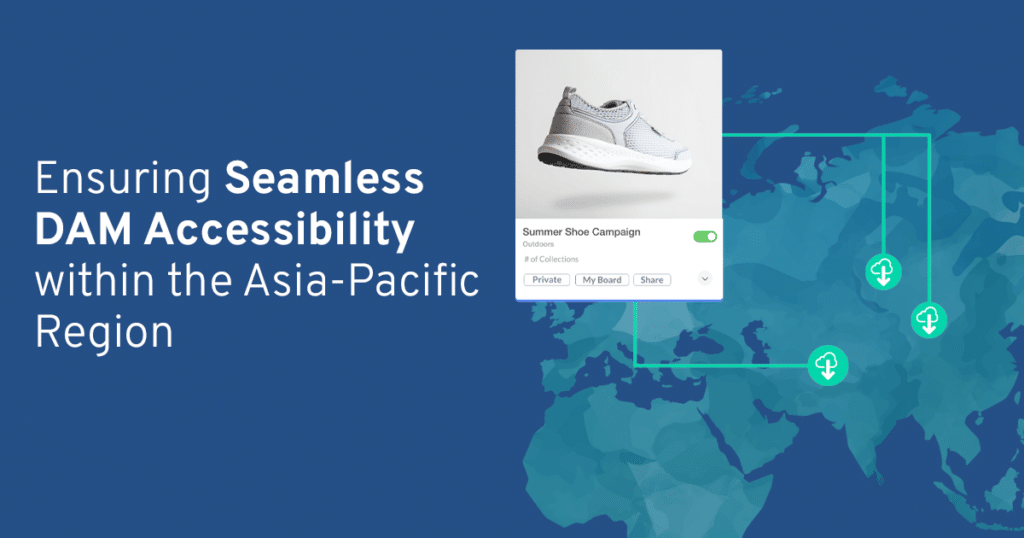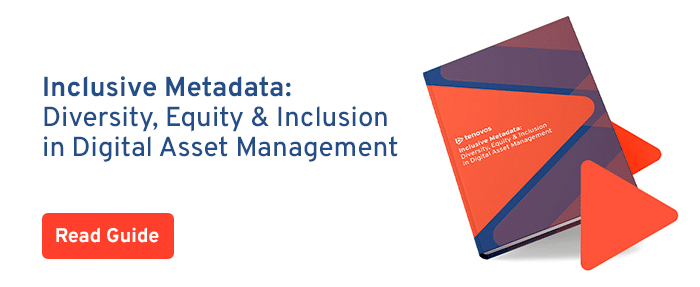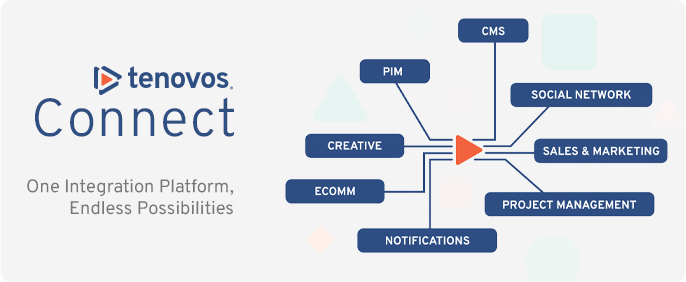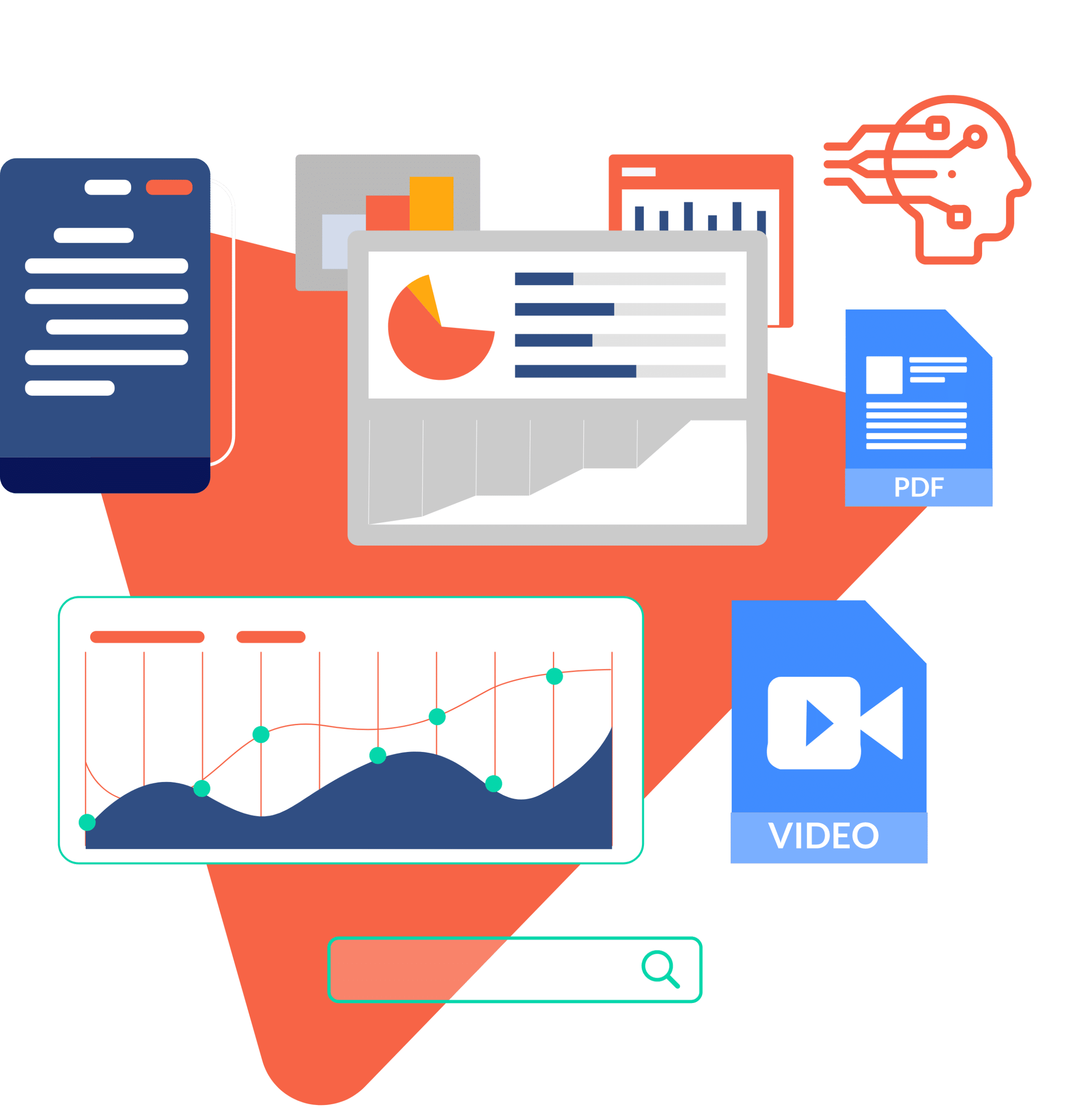
Artificial intelligence is one of the hottest topics on the planet right now. And while we’ve heard the buzzword “AI” thrown around a lot over the past five years, much of it was referring to simplistic, hard-coded programs designed to take in specific inputs and automatically generate specific responses.
However, 2023 saw the meteoric rise of what’s known as “true AI,” which refers to a machine’s ability to simulate human intelligence. It can perform tasks that require complex skills like visual perception, speech recognition, and decision-making. This technology is changing nearly every aspect of life, and DAM is no exception.
In this article, we’ll give an overview of how AI is used in digital asset management today, two main ways it can make you better at your job, plus three key skills to master to be a more productive (and less stressed) DAM manager.
How AI Is Used in DAMs Today
Using AI for digital asset management reduces or even eliminates many repetitive tasks that slow down productivity. There are three main tasks that AI can help with. The first is metadata tagging—using AI to automatically tag your images, videos, and other digital assets with relevant information. Next is content recognition, where AI analyzes the content of the video images and recognizes things like objects, people, backgrounds, and even emotions—allowing for more accurate and efficient search and retrieval. Finally, there’s content personalization, where you can use AI to analyze your users’ behavior and preferences, and recommend personalized content based on that analysis. This greatly improves user engagement and satisfaction.
All three of these use cases contribute to enhanced content discoverability, which will boost user adoption, and tends to be the biggest barrier to successfully running a DAM. Make sure to ask your DAM vendor if they offer these functionalities if you’re not already using them today.
Two Ways AI Helps You Get Better
and Faster at Your Job
There are two main domains AI can handle that will help you be better and faster at your job. Some of the features we’ll mention exist today and others will likely be available in the near future. But remember, you need to manage AI as if you were managing an employee. That person doesn’t need to be perfect on day one, but they will get better over time as you give them good feedback.
1 – As Your System Administrator
Many of the repetitive day-to-day tasks you do in a DAM can be managed by AI. Humans will always have to be involved to some degree, but imagine handing over a spreadsheet of new users and letting AI automatically create all the user profiles. AI can even assign them permissions in the system based on their job titles or roles, and grant them access to the content they need without any additional oversight on your part.
Another thing AI can also take off your plate is managing content access and making sure nothing you use violates distribution rights. AI can automatically flag those based on when their agreements expire. It can potentially recognize harmful language and flag it or even replace it in the asset’s metadata.
2 – As Your Work-In-Progress Content Creator
Integrating AI capabilities into your asset lifecycle all the way from ideation and review to creation and distribution is going to save the power users of the DAM (your creative and marketing teams) an incredible amount of time and budget.
Imagine you’re about to launch a new marketing campaign, but instead of purchasing images from a stock site, your creative teams prompt the AI to generate 10 new ads for Instagram. The AI creates these assets in a matter of minutes, and they’re all brand compliant and appropriately sized for Instagram. Then your team just needs to pick their favorites and refine them—and you’re ready to launch your campaign.
In the future, brand teams will be able to take those assets and put them through an automated creative review process where they can get instant feedback from the AI on the designs before they submit them to the head of creative or the legal teams. AI will be able to check things from legal rights data to design best practices, and even give input on translation or localization of content.
Three Skills You Need to Master
Now we’re clear on what AI can do for you. But it takes two to tango, as they say. Here are the three skills you need to bring to the table to effectively collaborate with AI.
Key Skill #1: Critical Thinking and Data Analysis
Even with the recent true AI advancements, AI still has deep flaws because it was designed by imperfect humans. Therefore, DAM managers need to be able to think critically about the output of AI, often taking it with a grain of salt. Critical thinking should include identifying potential biases or inaccuracies in data, as well as the ethical implications of using AI in digital asset management.
AI is moving super fast and it’s essential that brands are transparent with how they collect, store, and manage data. Otherwise, you can actually infringe on your own privacy rights. Since it’s created by humans with biases, AI can unfortunately lead to discrimination or other harmful outcomes with regard to diversity, equity, and inclusion. It’s essential to be thoughtful about these risks and put a plan in place to mitigate them. (And be sure to check out our resources on DEI in DAM.)
Key Skill #2: Prompt Engineering
Prompt engineering, or simply knowing what to ask AI to do for you, is a key competency for effectively leveraging this technology. In fact, it’s likely this skill will replace knowledge of Excel in the future, since you can simply query AI as opposed to a spreadsheet of data.
One of the best things you can do to get ahead of your peers is to start working with an AI tool or model like ChatGPT (it’s free!) to understand how to best communicate with it to get what you want. You can use a Google Authenticator and try different tasks. For example, you can ask it to write code for you or ingest an Excel sheet, then just play with the outputs.
Key Skill #3: Problem Solving and Creativity
With the advent of AI, instead of spending your time managing users and grooming your asset library, your main task in the future will become managing the AI itself. Again, it’s much like managing somebody on your team. This means figuring out how to take action on the recommendations that you’ve received. No AI is always perfect, so you need to be ready to develop creative workarounds to address its shortcomings. You’ll be able to extract the greatest value from it with a good dose of creative thinking and an ability to solve problems as they come up.
Mastering AI Is the Key to a Bright Future in DAM
While AI often evokes a wide range of emotions in folks from apprehension to intimidation and everything in between, this is a moment worth embracing. It’s time for all knowledge workers to upskill for a dawning new era. If you can do this, you’ll not only keep pace with the rapidly evolving DAM space, but even position yourself as an ultra-competitive hire in the market over the next decade.

